Source: Alexoakenman | Dreamstime.com
The world of professional hair color deserves its own dictionary. With a hefty list of techniques, nicknames and types of hair color — not to mention new trends and terms emerging all the time — there is certainly a great deal for hairdressers to learn. When it comes to coloring roots in particular, a few trends have emerged and gained much popularity as of late, including root smudge, shadow roots and others. As always, trendy styles like these are best performed by a knowledgeable hairstylist in a salon rather than following a YouTube tutorial at home. This prevents common root coloring effects like the emergence of “hot roots” from becoming a problem. Here’s a more in-depth look at how to avoid hot roots and how to fix them.
What Exactly Are Hot Roots?
Despite the name, hot roots are neither a red hair trend nor a complimentary term for exemplary hair color. Instead, it refers to a change in color in the area nearest to the scalp when a hair lightener or developer is applied. When someone has hot roots, it means that the heat from their own scalp has intensified the lightening or coloring process, leaving their roots with a different and usually warmer color than the rest of the hair. Hot roots stand out the most on cool tones and darker shades, and they often appear brassy when compared to the rest of your hair.
Hot roots can happen for a few reasons. The issue is common with first-time clients who have never colored their natural hair before and desire a new, all-over color application. It is also seen in color clients who return to the salon for a root or regrowth color touch-up. Finally, hot roots can emerge as a result of using a different or lighter shade of hair color on regrowth or roots. It’s great to know that no matter the cause, a good colorist can use different shades of professional hair color to rectify the situation and create a beautiful finished look for anyone with color-treated hair.
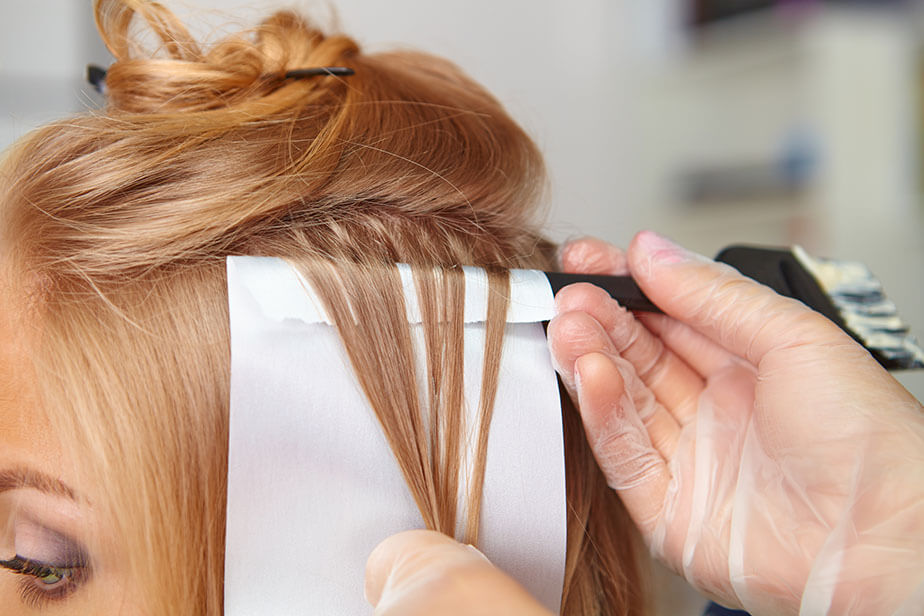
Source: Alexoakenman | Dreamstime.com
A Note About Hot Roots vs. Shadow Roots
It’s important to understand the distinction between the trendy shadow root or root stretch technique and the dreaded hot roots. Both involve roots that are a different color than the rest of the hair, but the intention and outcome are vastly different.
The Art of the Shadow Root
The shadow root is a deliberate coloring technique that creates a natural, lived-in look. Here, the stylist strategically applies a darker shade at the roots, typically blending seamlessly into the lighter mid-lengths and ends. This technique offers several benefits:
- Low-Maintenance: Shadow roots minimize the need for frequent touch-ups. The gradual transition from dark roots to lighter hair makes regrowth less noticeable, allowing you to stretch out salon visits.
- Dimension and Texture: The contrasting shades add depth and dimension to the hair, creating the illusion of thicker, fuller hair.
- Flattering for Many Hair Colors: Shadow roots can work on a variety of hair colors — from blondes with a subtle brunette shadow to brunettes with a touch of richness at the roots. They’re common in balayage looks, as well.
The Unwanted Hot Root
Hot roots, on the other hand, are an unintended consequence of the coloring process. They occur when the hair lightener or developer processes unevenly, leaving the roots a significantly lighter color that’s warmer and often brassy compared to the rest of the hair. This contrast can be quite noticeable.
Understanding the difference between these two looks is key. If you’re looking for a low-maintenance, natural-looking style with a touch of dimension, the shadow root is the way to go. However, if you notice an unwanted brassy or orange tinge at your client’s roots after lightening their hair, that’s a sign of hot roots.
How to Avoid Hot Roots
Though they are totally fixable, there are precautionary steps that will help avoid any level of hot roots. Stylists should take special care and give extra attention to how they apply the hair color as well as color timing. When coloring the hair lighter, begin by applying the color to the ends of the hair (the coolest region), moving up the hair shaft and leaving the entire root area bare near the scalp. Allow the color on this section of the hair to process for a bit before applying the color mixture to the top of the hair, leaving it on for a shorter amount of time. This will ensure a more even color and help to avoid hot roots during the color process.
Hot roots can also be avoided simply by being prepared with the correct tools. Stylists should use trusted salon tools and accessories like tint brushes, bowls and applicator bottles to ensure an even color distribution. Using professional tools like these will help to avoid issues like hot roots and deliver reliable results!
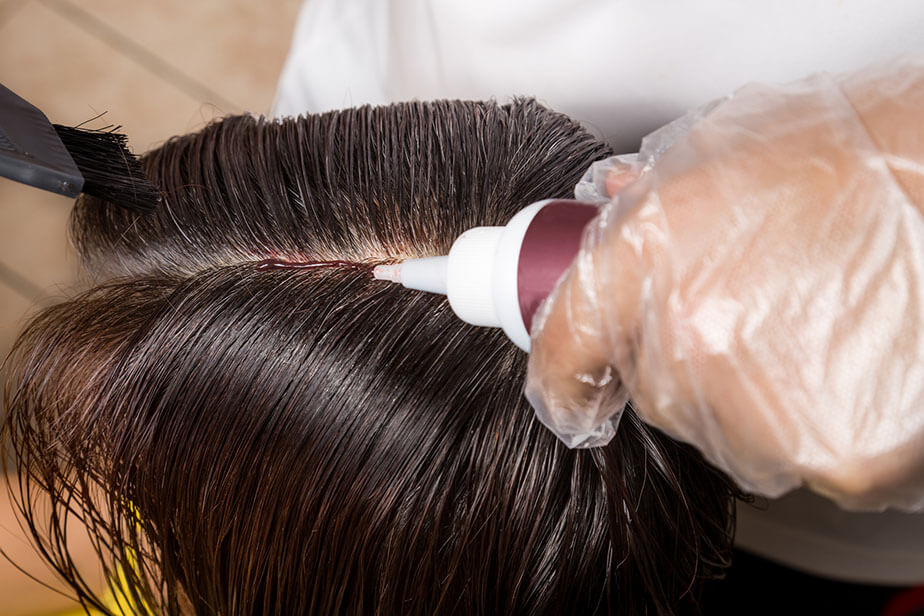
Source: Keechuan | Dreamstime.com
How to Fix Hot Roots
If hot roots become noticeable during or after color application, there’s no need to worry. In most cases, the color difference can be corrected in just a few simple steps. For dark brown or brown hair with hot roots, the solution is as easy as choosing a shade darker than the first. When applied to the root, any warmth from the scalp that changes the hair color will still leave the hair with the client’s desired shade that matches the rest of the hair from the mid-lengths to the ends. For blonde hair and light redheads, the use of toner is generally the best fix when applied in a smudging motion down into the area where hot roots are visible.
Your Hot Roots Survival Guide
Hot roots can present a challenge, but armed with the knowledge above, you’re well-equipped to prevent and fix them for your clients. Mastering hair color techniques empowers you to create seamless root-to-end color, even for clients seeking lighter shades. Remember that the distinction between a desired shadow root and an unwanted hot root hinges on precise application and color selection. By prioritizing these aspects, staying current on trends like balayage and low-maintenance color techniques, embracing professional hair care products and learning from trusted educators in your field, you’ll ensure your clients achieve stunning, long-lasting results.






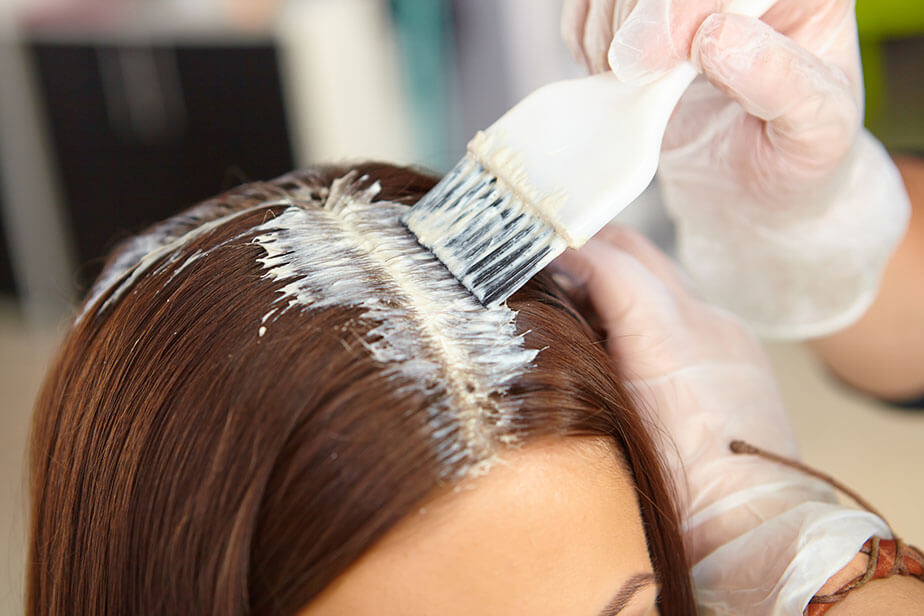




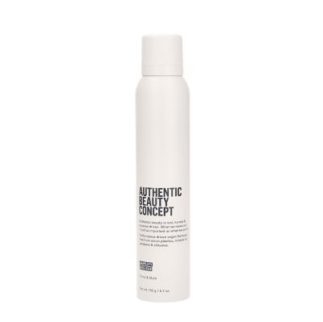
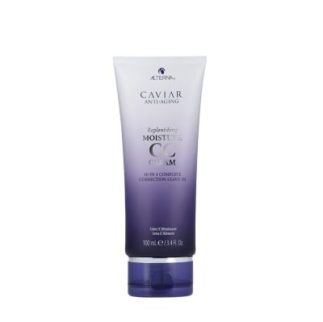
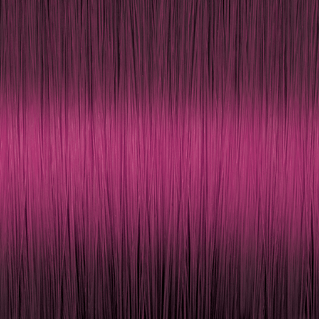
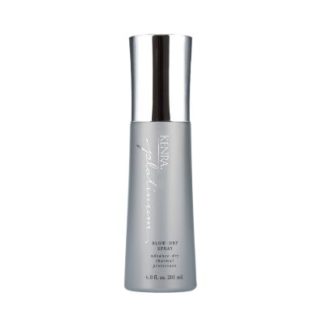
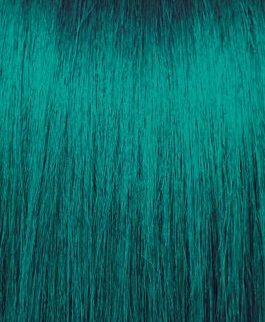
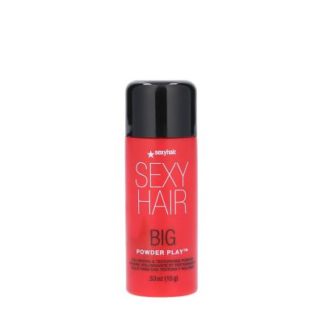
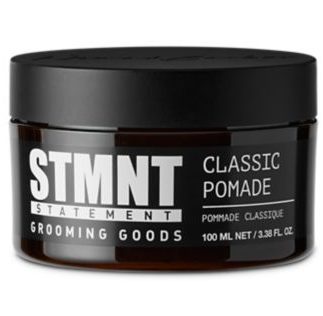
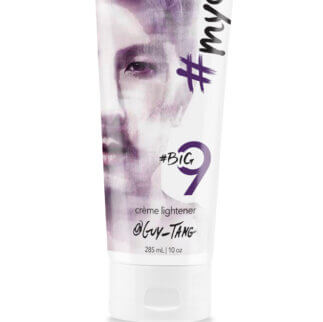
Share Your Feedback